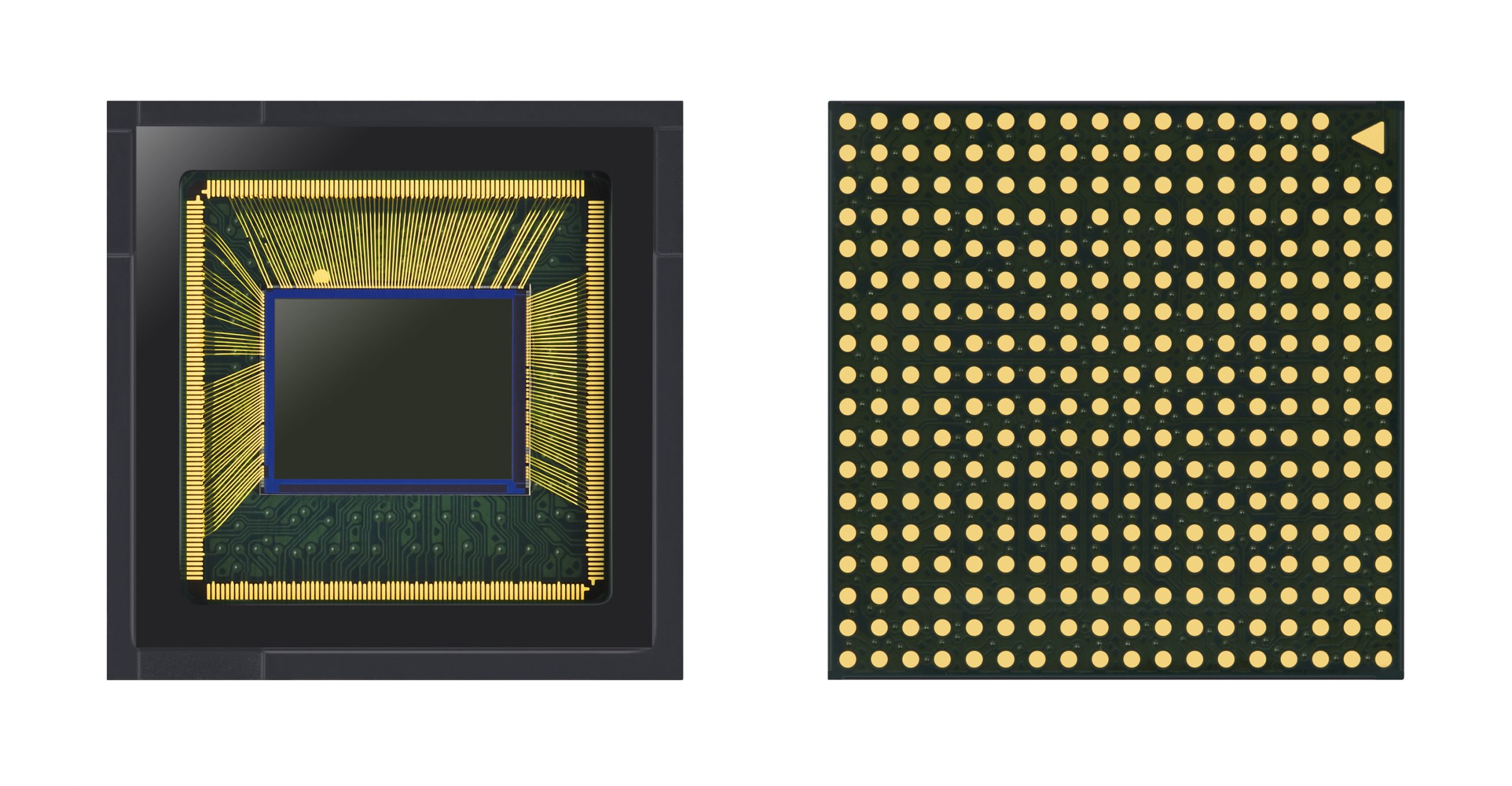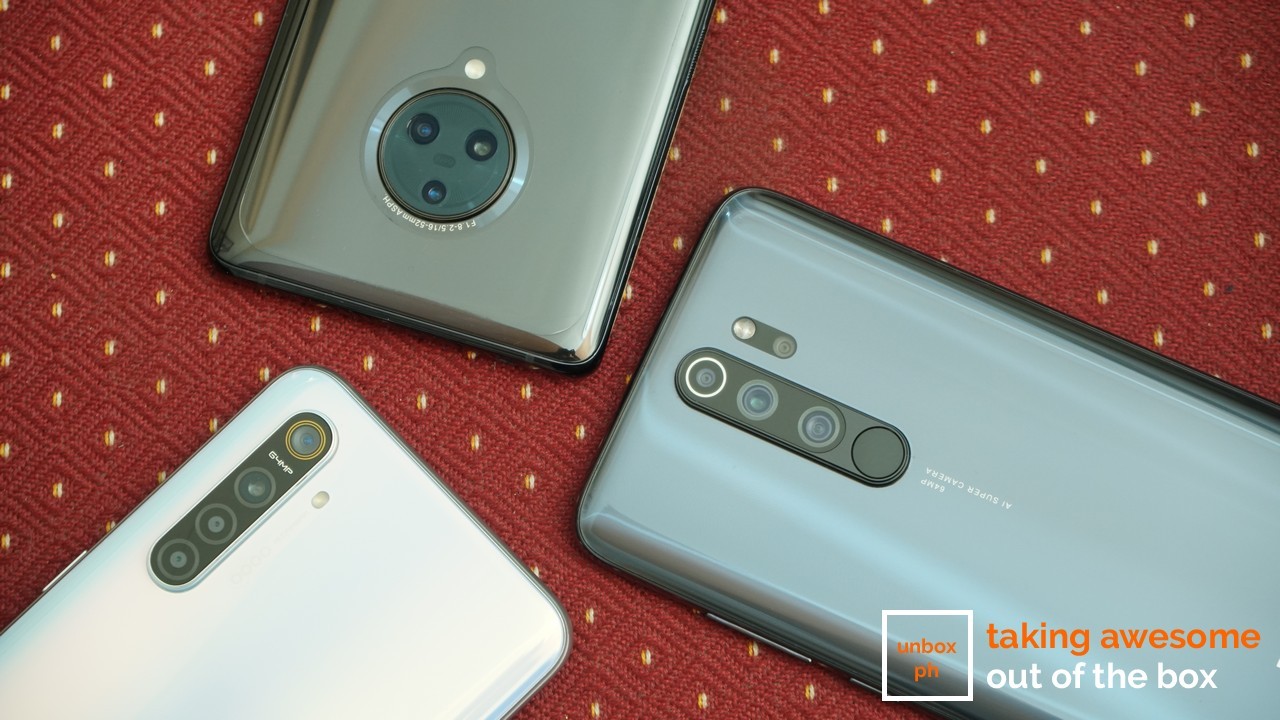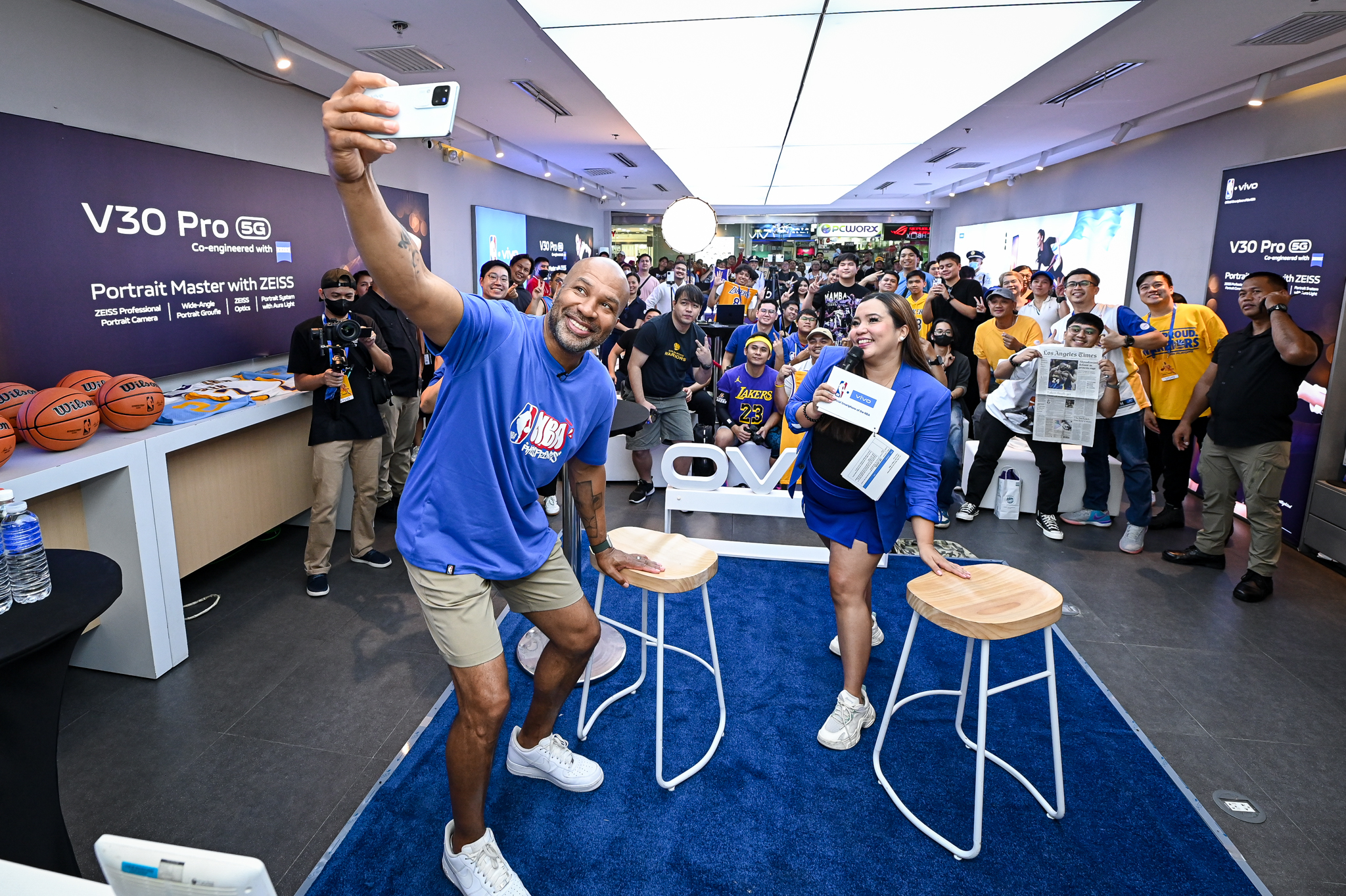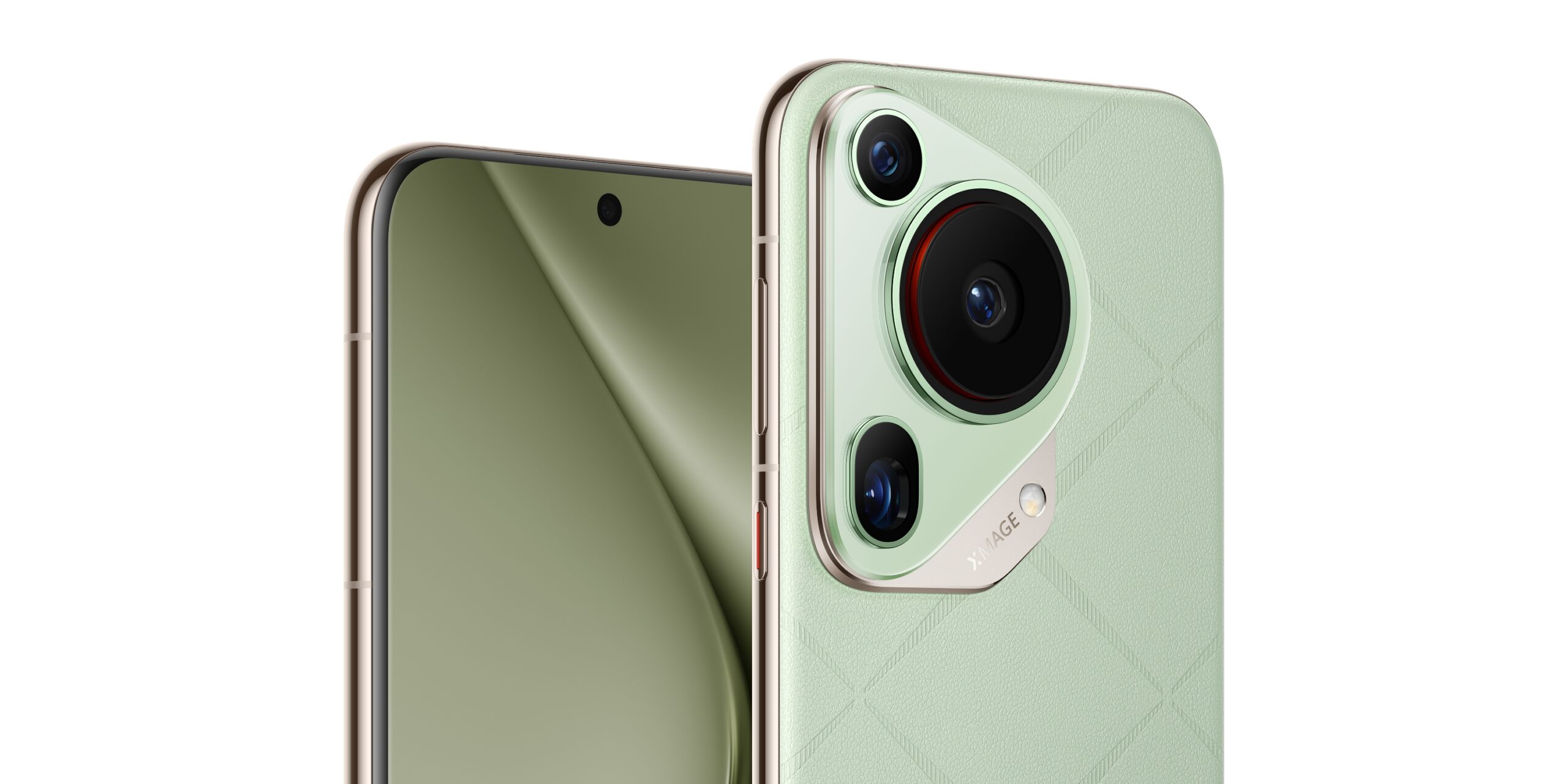Which 64-megapixel camera is best?
The megapixel wars is in full swing, with multiple companies releasing high-resolution 64-megapixel equipped smartphones in the past few months. We’ve reviewed three high-resolution snappers in the past few weeks in the form of the Realme XT, Redmi Note 8 Pro and the vivo NEX 3, but many of you have been asking which 64-megapixel phone is best. Now we’re going to try and answer that with our grand 64-megapixel camera comparo as we put all three cameras to the test.
Realme XT Specs
- Qualcomm Snapdragon 712 octa-core processor
- Adreno 616 GPU
- 8GB RAM
- 6.4-inch Full HD+ Super AMOLED Dewdrop display, Gorilla Glass 5 protection
- 128GB of expandable storage
- Quad rear cameras: 64-megapixel f/1.8 Samsung GW1 main camera; 8-megapixel f/2.25 ultra-wide-angle camera; 2-megapixel f/2.4 macro camera; 2-megapixel f/2.4 portrait camera; with LED flash, Dual Pixel Autofocus, EIS, Chroma Boost, Ultra HD mode, 960FPS slow-motion video, Speed Shot, Nightscape, and 4K video recording
- 16-megapixel f/2.0 Sony IMX 471 front camera with AI beautification, Smart Groufie
- Dual SIM
- 3G, LTE
- WiFi, Bluetooth, GPS, A-GPS
- Fingerprint scanner, AI Face Unlock, Dolby Atmos, Dust and splash resistant
- 4000mAh battery with VOOC 3.0 20w fast charging
- Android 9 Pie with ColorOS 6
- Php 16,990
vivo NEX 3 Specs
- Snapdragon 855+ octa-core processor
- 8GB/12GB RAM
- 6.89-inch 19:3.9 POLED Full HD+ Waterfall Fullview display, 20:9 aspect ratio
- 128GB/256GB of non-expandable storage
- 4G, LTE
- Dual SIM
- Triple Rear Cameras: 64-megapixel f/1.8 main camera; 13-megapixel f/2.2 ultra-wide-angle camera; 13-megapixel f/2.48 telephoto camera with 2x optical zoom; with PDAF, LED Flash, Hyper HDR
- 16-megapixel f/2.09 pop-up front camera with selfie fill light
- WiFi, Bluetooth 5.0
- GPS, A-GPS, GLONASS
- In-display fingerprint scanner, Jovi Voice Assistant, Vapor chamber cooling
- Android 9 Pie with FunTouch 9.1
- 4500mAh battery with 44w Super FlashCharge
- Php 39,999
Xiaomi Redmi Note 8 Pro specs
- MediaTek Helio G90T octa-core processor
- Mali-G76 GPU
- 6GB/8GB RAM
- 6.53-inch Full HD+ IPS display, Gorilla Glass 5 Protection
- 64GB/128GB expandable internal storage
- Quad rear cameras: 64-megapixel f/1.8 Samsung ISOCELL GW1 main camera, 8-megapixel ultra-wide-angle camera, 2-megapixel depth-sensor, 2-megapixel macro camera; with LED, PDAF
- 20-megapixel front camera
- Dual SIM
- 3G, LTE
- WiFi, Bluetooth, GPS, A-GPS, NFC
- Fingerprint scanner, face unlock, USB-C
- 4500mAh battery with 18w quick charging
- Android Pie with MIUI
- Php 11,490
Same, but different
Despite having different innards, these three phones share one thing in common – all of them utilize Samsung’s new 64-megapixel ISOCELL Bright GW1 sensor. It’s the company’s first quad-bayer type sensor, and adorns the camera module of all three phones.

Now image quality isn’t all about the sensor on a phone – software and the image processor on the chipset of the phone contributes a lot to the end result, which you’ll be seeing in the comparisons below.
Just a quick note for our testing methodology, all photos were taken with AI and HDR on, with the phone shooting in auto. We tried to get the same angle every time we shot an image.
First off: daylight photos. All three phones took really good photos in daylight, but obviously the devil is in the details.
In this shot of the Raindeer with a bit of backlight, the Redmi Note 8 Pro’s shot look a little more under-exposed than the Realme XT, though it has better noise suppression.
The NEX 3 takes the best shot, delivering excellent exposure even with the heavy backlight, without the associated noise that accompanies the Realme XT’s photo.
The Redmi Note 8 Pro doesn’t always have a leg up VS the Realme XT, as is the case in this photo.
Taking a closer look at the cropped image of the flower, the Realme XT resolved details better than the Redmi Note 8 Pro. While the NEX 3 took a great photo with a lot of detail, it underexposed the shot a little bit.
If the Redmi Note 8 Pro has an Achilles heel, it’s definitely HDR. We found that it doesn’t have quite the same amount of dynamic range as the two other devices in this particular comparo.
That can very easily be seen in this shot of a lamp inside a restaurant. The lampshade’s ribs seemingly disappear on the image taken by the Redmi Note 8 Pro, while it’s still present on the Realme XT and the NEX 3.
Color also vary with three phones, with the Redmi Note 8 Pro taking more realistic looking photos, while the Realme XT has more vibrant colors that really seem to pop. vivo’s NEX 3 seems to straddle the line between the two, though again we’re seeing a tendency for the phone to underexpose images in this particular shot.
The Redmi Note 8 Pro struggles a little bit compared to the Realme XT when shooting under artificial light, with colors looking a little flatter than we would have liked. The NEX 3 beats both phones though, as it managed to resolve more detail than either phone with the same amount of limited light.
Moving onto the wide-angle lens, all three phones capture good images in low light but again, the devil is in the details.
The Redmi Note 8 Pro manages to resolve more detail in the globe compared to the Realme XT Pro which basically just shows most of it as one green mass, which obviously isn’t the case. But like in previous photos the NEX 3’s wide-angle shot looked better, posting an image that had a good middle ground between vibrant colors without sacrificing detail.
This shot shows how well the Realme XT does when it comes to dynamic range VS the Redmi Note 8 Pro. The Realme XT Pro exposes this wooden dragon better VS the Redmi Note 8 Pro, though at the expense of increased noise which can be clearly seen in the Dragon’s neck, near its legs.
As is the case with most of the photos in this shootout, the NEX 3 has the best shots thanks to its superior performance when it comes to HDR shooting.
All three phones are able to take 64-megapixel shots, but checking a cropped shot reveals that the Redmi Note 8 Pro has a little bit of noise in the shot and looks a little more underexposed than either the Realme XT and the NEX 3.
The Realme XT meanwhile shows aggressive sharpening by software, while the NEX 3 has the best balance between the two.
Moving onto very low-light shooting, we can see that the Realme XT produces the most vivid photo taken in night mode, though at the expense of oversharpening. There’s plenty of noise introduced in this shot for all three but it’s understandable considering the context of the shot.
All three phones took really good portrait photos, though we found that the Realme XT introduced far more noise than either the NEX 3 or the Redmi Note 8 Pro.
As for selfies, the NEX 3 had the best-balanced photo of the three even in harsher backlight, with the Redmi Note 8 underexposing the photo, as usual.
Verdict:
Despite all three phones using the identical camera sensor, lenses, and camera software play a big part when taking photos and videos.
That being said, each phone has its own strengths and weaknesses – the Redmi Note 8 Pro has dynamic range issues but has the most natural-looking colors, the Realme XT takes really vibrant shots at the expense of added noise while the NEX 3 takes balanced photos though suffers a little bit when shooting in low light.
You can read our reviews for all three phones below:
Redmi Note 8 Pro Unboxing and Quick Review: They Did It Again!





















































































